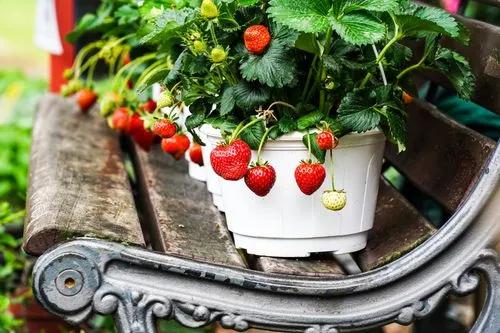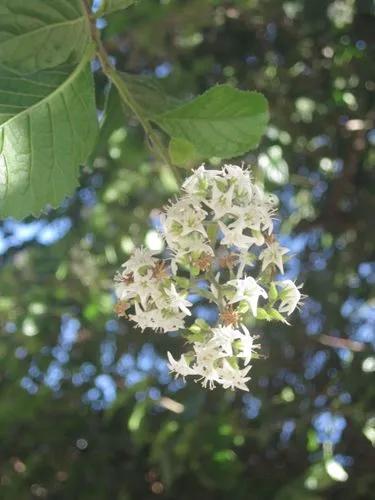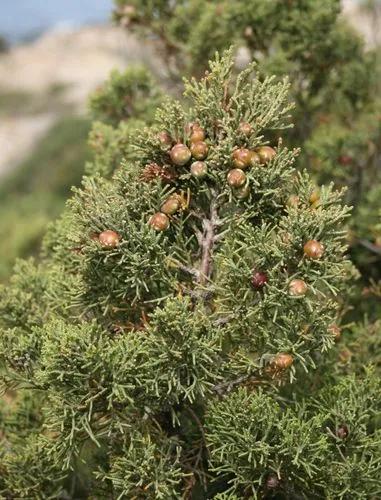Welcome to the world of citrus, where vibrant colors and enchanting aromas knit together to brighten your garden. Mandarin Orange is one of the most popular citrus trees with mouthwatering fruits. Its sweet, tangy flavor makes people want to grow this plant to enjoy the eternal feeling of winter comfort.
Mandarin Orange Care
Citrus Reticulata



Commonly known as Mandarin Orange, Mandarine, Mandarin, and Tangerine, Citrus reticulata is an evergreen member of the Rutaceae family. Native to Southeast Asia, Tangerines are now grown in many parts of the world. Tangerines grow best in warm climates with a long growing season.
These citrus thrive outdoors in USDA hardiness zones 9-11. This plant typically grows to a height of 25 ft (7.6 m) and has thorns on the trunk. The dense foliage has an ovate shape and is deep green in color. The plant is cherished for its juicy fruits. Tangerines are typically smaller than oranges and have a softer skin, making them easier to peel. The fruits can have several seeds or be seedless. The flesh is sweet and juicy so that the fruits can be consumed as a whole or squeezed into juice. Like other citruses, Mandarins are a good vitamin C, fiber, and potassium source.
With the right care, Tangerines can thrive, offering a refreshing addition to your living space and a healthy and flavorful treat.
How to Care for the Plant

Water

Indoor Tangerines need regular watering, but be careful not to overwater them. The soil should be moist but not soggy. Remember to adjust your watering schedule based on the environment you provide for your Tangerines.

Pruning

Indoor Tangerines do not require extensive pruning, but you should remove any dead or diseased branches. You can also prune your Tangerine tree to shape or control its size.

Fertilizer

It’s best to fertilize a Tangerine tree three times a year. Apply a citrus-specific fertilizer in February, then do it in April, and feed the plant once again in June.

Sunlight

A Mandarine tree feels best under direct sunlight. While it’s difficult to make the tree grown indoors produce crops, it still needs favorable conditions to maintain healthy growth. Place the plant near a south-facing window where it can receive at least 6 hours of sunlight daily.

Soil

Tangerines prefer well-draining soil. Like many citrus species, Tangerines prefer a slightly acidic to neutral soil with a pH range between 6.0 and 7.0. You can use a potting mix combined for citrus plants or make your own one by mixing equal parts of peat moss (wood-based materials, compost, pine needles, and leaf mold are good alternatives), perlite, and vermiculite.

Propagation

Tangerines are usually propagated by seeds or stem cuttings. Going with the first method, plant the seeds in a moist potting mix and put them in a warm place with indirect light. Keep the ground regularly hydrated to let the seeds germinate. Choosing the second method, take a healthy cutting from the current year’s growth and dip it into the rooting hormone powder. Keep the ground regularly moist to let the cutting enroot.

Temperature

Trees of Tangerine need warm temperatures to thrive. The ideal temperature range for this plant is 60-80°F (15-27°C).

Container

When growing Tangerines indoors, choose a pot at least 12 inches (30 cm) in diameter with drainage holes. Use a potting mix that is specifically designed for citrus plants.

Fun fact

Did you know that our scars need vitamin C to regenerate themselves? Similarly to our healthy outer skin layers, the scar tissue cells actively divide and replace old ones with new ones throughout our lives, and vitamin C is a key catalyst of this process. That is why vitamin C deficiencies can lead to old wounds reopening.

Popularity

8,021 people already have this plant 1,120 people have added this plant to their wishlists

Common pests

Aphids, scales, and thrips tend to affect the Tangerine the most often. In case you see any webbing, gnawed foliage, or stunted growth, treat the plant with an insecticide.

Frequent diseases

Mandarin Orange can fall victim to anthracnose and root rot caused by too frequent watering. It’s important to maintain an appropriate watering routine and not to waterlog the plant. If the plant gets infected, replant it with fresh soil and treat it with a fungicide.

Botanist’s tips

Discover more plants with the list below
Popular articles





